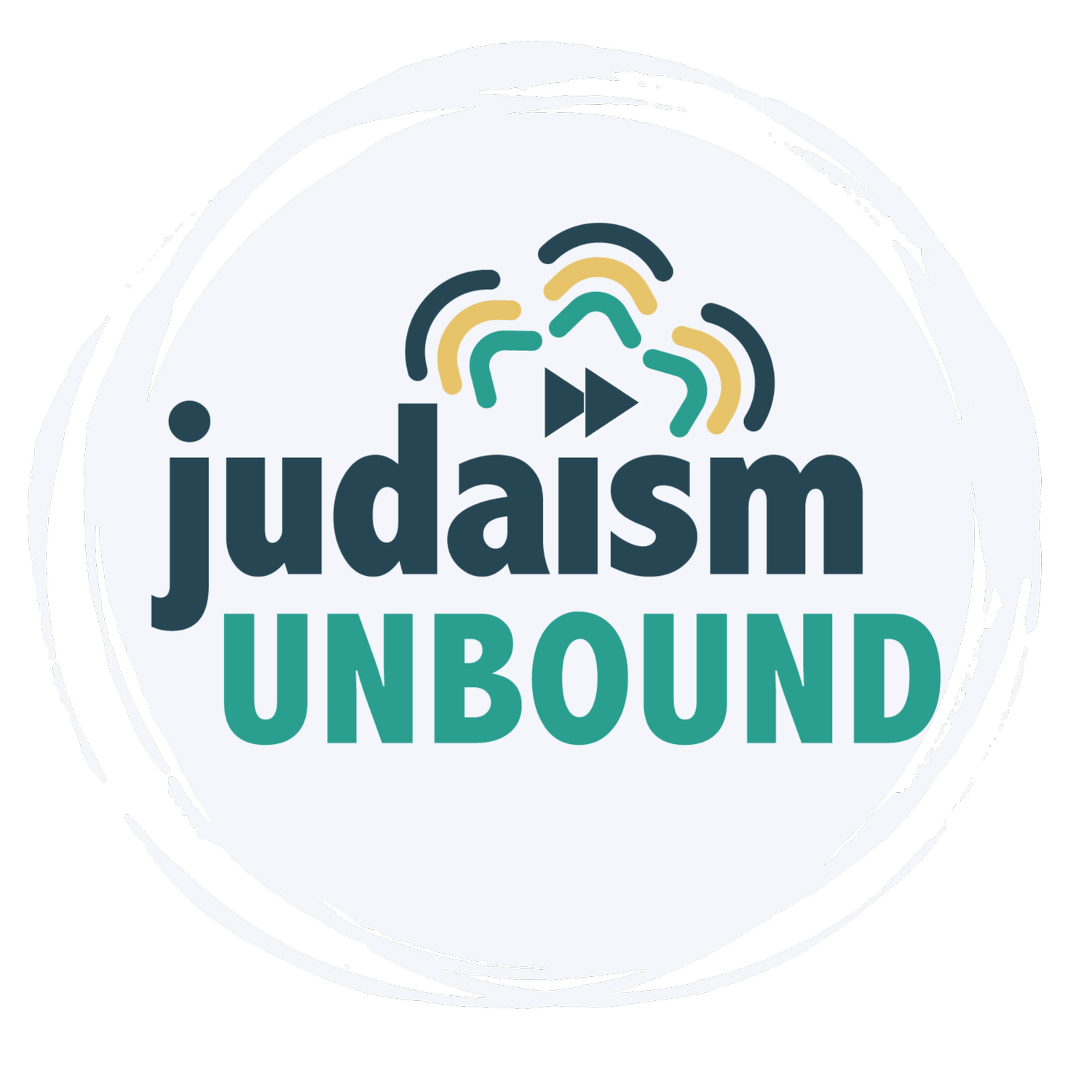
This program has completed its live run.
Click on the images below to watch previous episodes.
Sarah Bunin Benor, Professor of Contemporary Jewish Studies and Linguistics at Hebrew Union College, presents six webinars on Jewish languages and names. Discover how Jewish American English compares to Yiddish, Ladino, and other Diaspora Jewish languages. Learn how American Jews use subtle differences in language to indicate belonging in various communities, including Orthodox groups and summer camps. And find out the history and meanings of Jewish names around the world. Using images, videos, and an engaging lecture style, these sessions are best described as Jewishly enriching edutainment. (See below for a full description of each of the six lectures in this series.)
Webinar 1: Do American Jews Speak a Jewish Language? (Recorded April 16, 2020)
Webinar 2: Mensch, Bentsh, and Balagan: Language as a Marker of Jewish Identity (Recorded April 23, 2020)
Webinar 3: Becoming Frum: How Newcomers Learn the Language and Culture of Orthodox Judaism
Webinar 4: Ruach in the Chadar Ochel: Language at American Jewish Summer Camps
Webinar 5: Jewish Surnames and Name Changing Around the World: Diversity and Unity
Webinar 6: Jewish Personal Names Around the World: Tradition and Creativity
Sarah Bunin Benor is Professor of Contemporary Jewish Studies at Hebrew Union College–Jewish Institute of Religion, where she teaches mostly masters students in the Zelikow School of Jewish Nonprofit Management and undergraduates at the University of Southern California. She received her Ph.D. from Stanford University in Linguistics in 2004. She is the author of Becoming Frum: How Newcomers Learn the Language and Culture of Orthodox Judaism and Hebrew Infusion: Language and Community at American Jewish Summer Camps, as well as many articles about Jewish languages, Yiddish, and American Jews. Dr. Benor has received several fellowships and prizes, including the Dorot Fellowship in Israel, the Wexner Graduate Fellowship, and the Sami Rohr Choice Award for Jewish Literature. She is founding co-editor of the Journal of Jewish Languages and co-editor of Languages in Jewish Communities, Past and Present and We the Resilient: Wisdom for America from Women Born Before Suffrage. She founded and directs the HUC-JIR Jewish Language Project, which produces the Jewish Language Website and the Jewish English Lexicon. Her current projects analyze Hebrew use at Jewish supplementary schools and the names Jews give their children and their pets.
Learn more with and from Sarah Bunin Benor
Additional Resources:
Jewish Language Website: https://www.jewishlanguages.org/
Jewish English Lexicon: https://jel.jewish-languages.org/
Passover materials: https://www.jewishlanguages.org/passover
Faculty website: http://huc.edu/directory/sarah-bunin-benor
April 16, 4-5pm PDT / 7-8pm EDT:
Do American Jews Speak a Jewish Language?
Yiddish, Ladino, Judeo-Arabic, and – Jewish English? Is it possible that Jews today continue the centuries-old tradition of speaking distinctly from their non-Jewish neighbors? This talk looks at several features common among Jewish languages of the past and discusses whether American Jews use them. From the tradition of translating biblical and rabbinic texts to the incorporation of Hebrew words, most of these features are common among religiously engaged American Jews. A major exception is the use of Hebrew letters to write the vernacular. Through analysis of language, we can gain a better understanding of contemporary American Jews and how they compare to Jewish communities of the past.
April 23, 4-5pm PDT / 7-8pm EDT:
Mensch, Bentsh, and Balagan: Language as a Marker of Jewish Identity
Using quotes and images, this talk highlights the diversity of American Jews by focusing on the diverse uses of “Jewish American English” – enriched by Yiddish, Hebrew, Aramaic, Russian, Farsi, Arabic, and other influences. Jews of various stripes use subtle variation in language to signal their textual knowledge, religious denomination, generation from immigration, ancestral origin, and orientation toward Israel. “Jewish language” serves not only to distinguish Jews from non-Jews but also to distinguish Jews from Jews.
April 30, 4-5pm PDT / 7-8pm EDT:
Becoming Frum: How Newcomers Learn the Language & Culture of Orthodox Judaism
There is more to becoming Orthodox than observing religious laws. Newly Orthodox Jews, or ba’alei teshuva (lit. ‘those who return’), encounter a very different culture, including new ways of talking, dressing, and acting. Focusing on the Yiddish and Hebrew words used by English-speaking Orthodox Jews, this lecture explores how “BTs” integrate into the community partly by taking on these new practices. Based on Dr. Benor’s first book, this talk is appropriate for all audiences, regardless of prior exposure to Orthodox Judaism.
May 7, 4-5pm PDT / 7-8pm EDT:
Ruach in the Chadar Ochel: Language at American Jewish Summer Camps
Lecture by Sarah Bunin Benor, Jonathan Krasner, and Sharon Avni, co-sponsored by the Mandel Center for Studies in Jewish Education at Brandeis University
At most American Jewish summer camps, programs are conducted primarily in English, but the environment is infused with Hebrew signs, songs, and cheers. Hebrew-English sentences are common: “Madrichim [counselors], please bring your chanichim [campers] to the teatron [theater] immediately after the Birkat [Grace After Meals].” Why do some camps infuse Hebrew in these unusual ways? How are other languages used, including Russian, Yiddish, and Ladino? How do participants feel about this language mixing? This talk draws from Benor, Krasner, and Avni’s forthcoming book, Hebrew Infusion: Language and Community at American Jewish Summer Camps, based on over 200 interviews and visits to 36 camps.
May 14, 4-5pm PDT / 7-8pm EDT:
Jewish Surnames and Name Changing Around the World: Diversity and Unity
What makes a family name Jewish? Did immigrants change their names at Ellis Island? This session answers these and many more questions about Jewish family names. Participants will learn the origins and meanings of patronymic (father-based) surnames like Abramovitch, Isaacs, and Yaghobian; geographic names like Ashkenazi, Dardashti, and Shapiro; and profession names like Hakim, Melamed, and Fingerhut. They will learn about Jews changing their family names in the 20th century, especially in the United States. They will come away with an understanding of the cultural diversity and unity of the Jewish Diaspora.
May 21, 4-5pm PDT / 7-8pm EDT:
Jewish Personal Names Around the World: Tradition and Creativity
From ancient to present times, Jews have given their babies Hebrew and/or local names, demonstrating both their Jewish distinctiveness and their integration into local societies. This lecture offers a glimpse into this history, from the ancient Middle East to medieval Cairo, from Renaissance Rome to modern Poland. Then participants will learn how these trends continue among contemporary American Jews. When Jews today select names for their babies, they are sending a message about their specific type of Jewish American identity. The lecture ends with an (adorable) foray into American Jewish pets’ names. When Jews give their dogs and cats names like Babka, Rashi, Ketzele, and Golda Meow, they highlight some aspects of Jewishness that are important to them.






